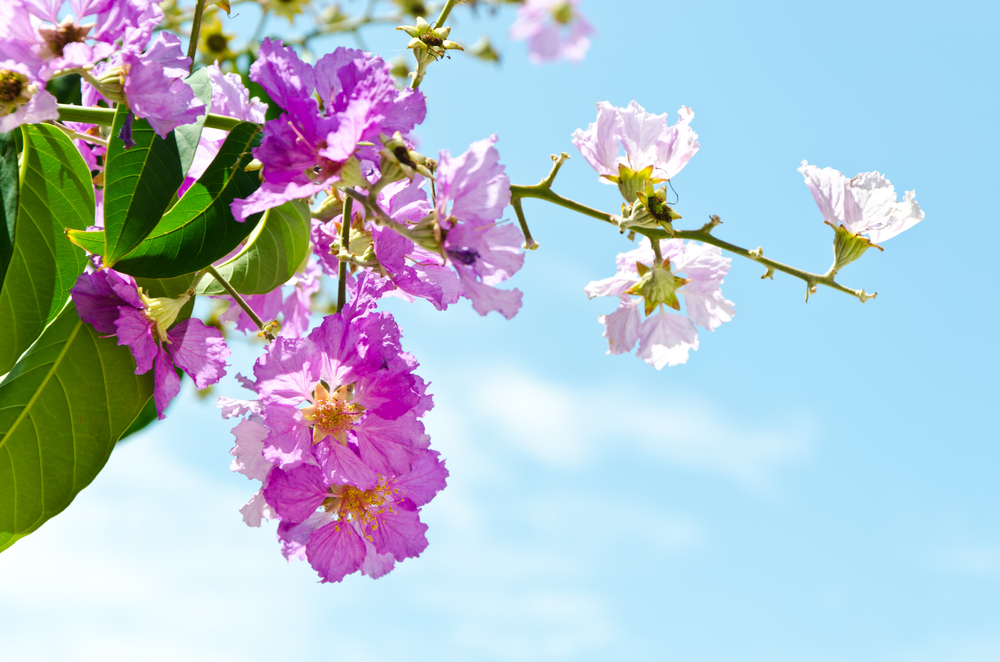You can save a crepe myrtle from dying by managing it the way you would other trees or large shrubs and start with some pruning.
You can start by simply removing anything that appears dead, like branches, leaves, and any twigs that appear to be done.
Weaker twigs and branches should also be removed, and you will be well on your way to saving your crepe myrtle from dying.
To save a crepe myrtle from dying, you just need to do some simple pruning of dead branches and twigs.
Any leaves that look like they may have spots on them or dry branches should be removed. It is easy to save your crepe myrtle from dying if you get to it in time.
Table of Contents
How can you tell if a crepe myrtle is dying?
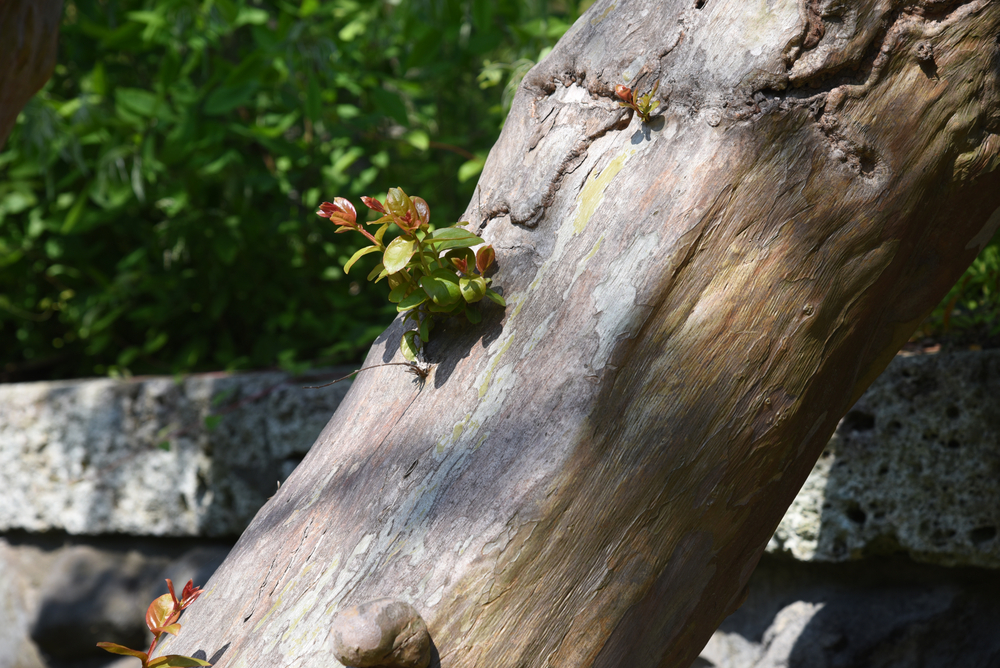
There are ways to tell if a crepe myrtle is dying, and the easiest and fastest way to do that is by testing its bark.
When you are testing the bark of a crepe myrtle, the only thing you need to do to start is scratch the bark with your fingernail.
If you see green underneath the surface of the bark, or any green at all, that is a sign of life in your tree and your tree likely isn’t dying.
Pruning your crepe myrtle is another way of determining if the tree is healthy. A seasoned gardener can tell just by looking at the health of the tree and its history if the tree is in good shape.
Pruning it will help you to determine this if you are not experienced with crepe myrtles.
You will also notice the browning of leaves in season or spots on your leaves. If the region has been colder than usual, this could be the cause.
If your tree is simply not blooming, this isn’t necessarily a sign of tree death but could be that you haven’t pruned properly, and next season will be better.
Is there more than one kind of crepe myrtle?
There is more than one kind of crepe myrtle, a beautiful southern tree with brilliant blooms.
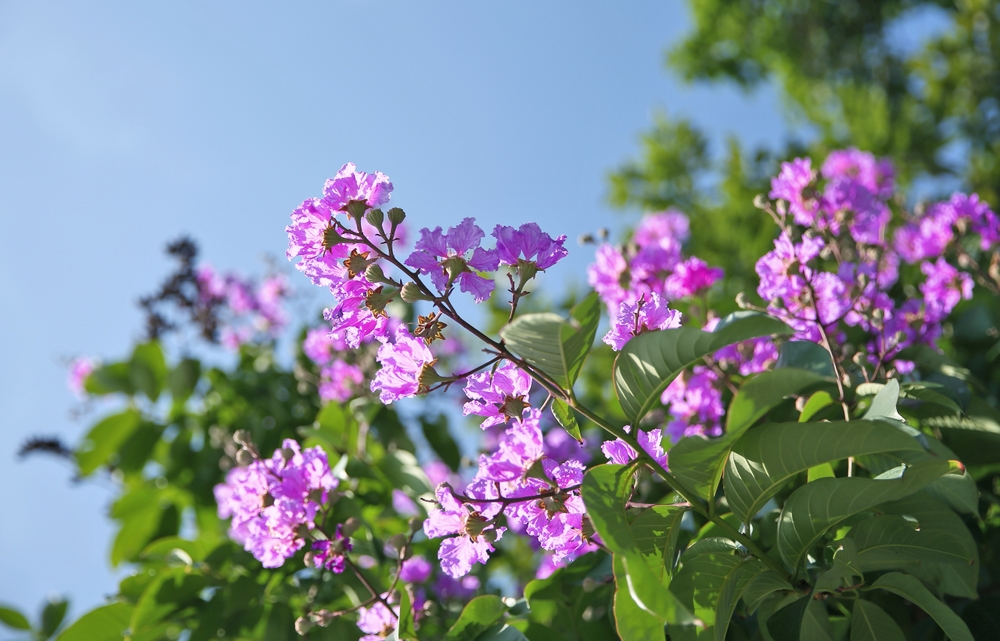
The three kinds of crepe myrtles are Japanese crepe myrtles, traditional crepe myrtles known in the south of the United States, and the Queen’s crepe myrtle.
The Japanese crepe myrtle is rarely seen outside of Japan. This tree is often over 20 feet tall with arching branches that can make the tree very wide.
The leaves are green and the bark is beautiful with an outer flake that is a pretty cinnamon color, and the blossoms are a pretty white flower.
The traditional crepe myrtle that is most common in the South of the United States loves humidity and is also very large.
It has large and dark green leaves that look like crepes, which is where this tree gets its name.
It is very similar to the Queen’s crepe myrtle, which is another, rather showy tree that blooms in a variety of colors including lavender, white, and pink.
How can I keep my crepe myrtle healthy?
You can keep your crepe myrtle healthy by pruning it well, planting it in a nice and warm location, and ensuring that it has very moist and well-drained soil.

You also want to plant it in an area where it can get a lot of wind, as this will help to limit any disease such as mildew or rot.
Air and wind will help to keep the soil it is planted in at the right moisture levels.
Regular pruning will also help to keep your crepe myrtle healthy. You can avoid a problem by knowing how to prune and when to prune.
You want to be able to prune and still keep the natural shape of your tree.
Pruning the tree will help new growth to come from the wood that has been cut. Crepe myrtle is a deciduous tree that will bloom when new wood appears, so cutting it back will help its overall health.
A crepe myrtle loves to grow back and appreciates the “less is more” quality of pruning.
What are the most common problems with crepe myrtles?
The most common problems with crepe myrtles are disease and pests. The most common diseases are sooty mold disease, black mold, and powdery mildew.
Pests such as beetles are another common problem with crepe myrtles.
How can I tell if there is sooty mold disease on my crepe myrtle?
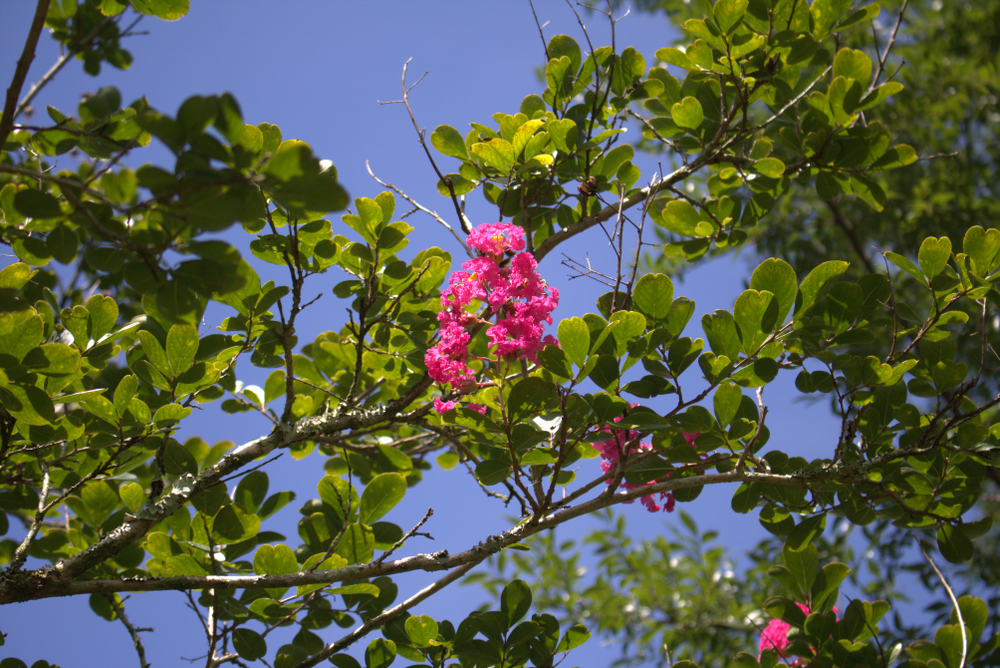
There are a number of different diseases that you may spot on your crepe myrtle. A sooty mold is one of them and is a fungus that will cover the plants with what looks like a black mold.
This mold is caused by fungus and can be removed by just rubbing the leaves.
You may notice that the leaves underneath the mold or on the underside will be green. This is a good sign that the tree is still in good shape and the mold problem just needs to be handled.
Overall, the fungus is not going to be a problem unless it is not managed well.
This mold develops when insects spend too much time on the leaves. You will simply need to take care of the pest problem, and the sooty mold problem goes away.
This can be done with pesticides, or you can use water and spray the trees with insecticidal soap at the same time.
How do I know if there is powdery mildew on my crepe myrtle?
You will be able to know there is powdery mildew on your crepe myrtle if you see a white fuzz on the leaves of your tree.
This powdery mildew is often caused by overwatering, which is usually caused by a rainy summer and is no fault of the owner.

This is a thin film that appears on the leaves, and also on the blossoms of the crepe myrtle.
If the problem goes too long, you may notice a yellowing or brownish tint to the leaves. You may see new growth that appears not to develop as it should, and leaves may curl or be oddly shaped.
The mold here will often look like small round spots, and it will usually cover both sides of the leaves.
The solution for this common crepe myrtle problem is to select a mildew-resistant tree. There are varieties available that are resistant to this problem and will save you some mold maintenance problems.
Neem oil and other horticultural oils will also help you to maintain any sooty mildew on your tree.
How can I tell if my crepe myrtle has leaf spots?
The kind of leaf spot that your crepe myrtle is most likely to get is called Cercospora leaf spot.
This is a fungus that hasn’t always been common with this tree but is growing more rapidly than it used to.
This spotting typically occurs in the middle of the summer, or in the later summer and early fall, and looks like brown spots on the oldest sections of the tree.
The spots are angular in nature, and these leaves will turn in the fall earlier than they normally would.
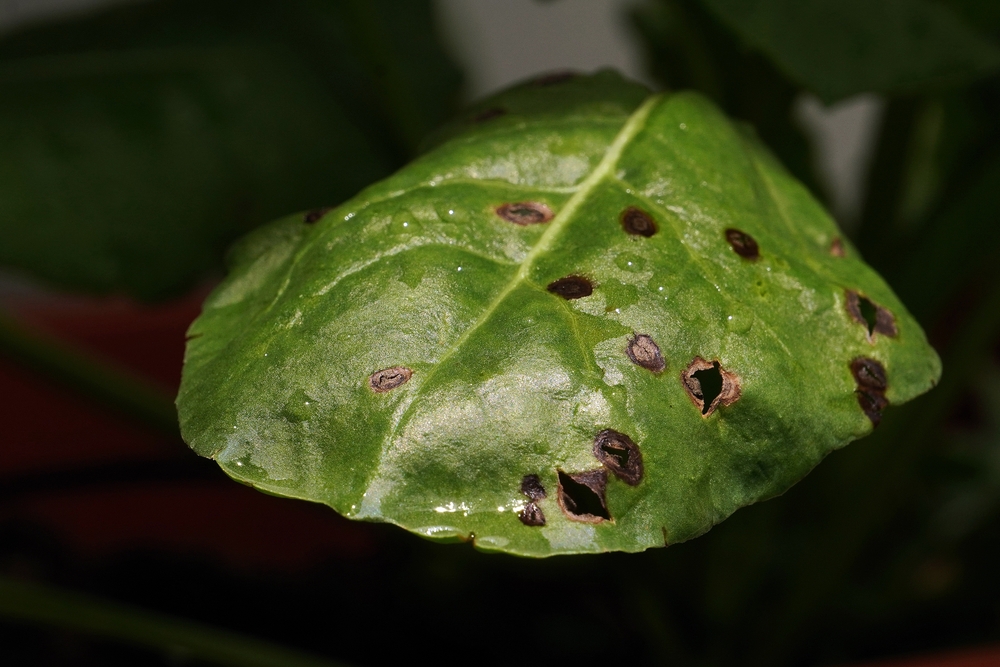
By the time most other trees are turning color, this tree will have already defoliated and be ready for winter.
Any of your newer leaves near the higher sections of your tree won’t be affected, another way you can tell that this problem is caused by leaf spotting.
Prevention helps when it comes to this kind of fungus, and location planting is key here. The fungus that causes this likes to be in a shaded area where there are few breezes when the leaves will stay wet long enough for the fungus to cause a problem.
There are some insecticides that can also help here.
How can I tell if my crepe myrtle is infected with beetles?
The most common kind of pest for crepe myrtles is Asian ambrosia beetles, and you can typically see them on the tree.
These are relatively tiny beetles, and don’t just like crepe myrtles, but also like plum trees, pecan trees, peach trees, and pear trees.
If you have any of these trees as well, you may increase your risk of getting ambrosia beetles on your crepe myrtle.
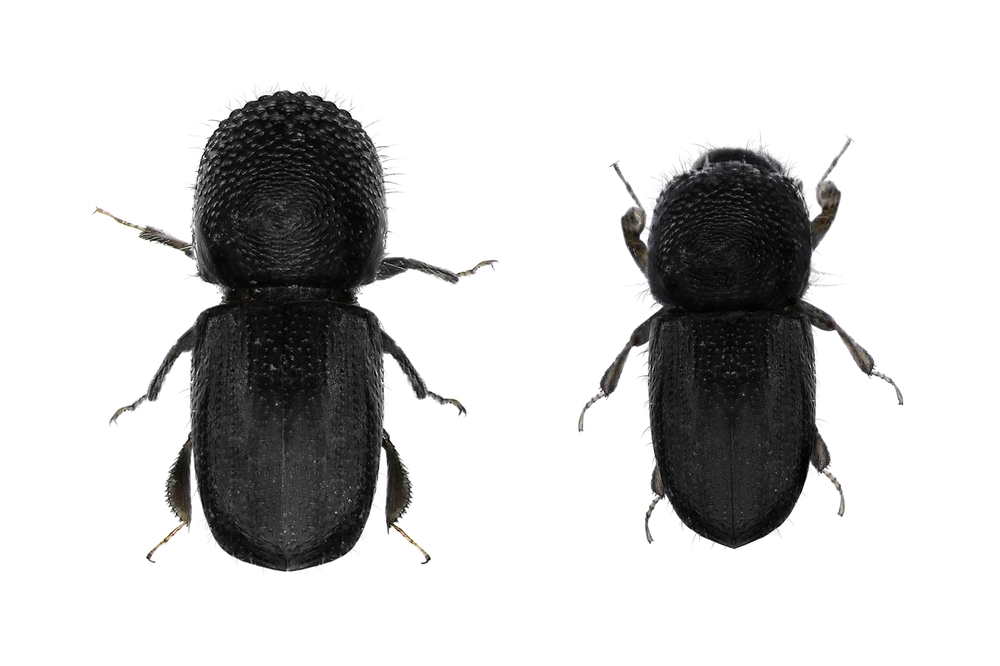
These beetles are less than one-quarter inch long and are cylinder-shaped. They are a dark brown and even dark reddish color.
They may also have wings or wing covers like traditional beetles do.
The ambrosia beetle won’t care if your tree is healthy or not and will attack by the multitudes.
You are likely to see this pest in March and maybe even a little later in the season, but not much later.
These beetles will hatch eggs on your leaves, but this pest can be managed with a pesticide like anything else.
Is my crepe myrtle sick if it does not bloom?
There are many reasons why your crepe myrtle may not bloom. First, rule out any of the above conditions before worrying if your crepe myrtle should be blooming.
Some of these conditions will only impact parts of your tree, which will make it easier to tell if the tree should be blooming or not.
It may be too early to bloom, and if you are new to crepe myrtles, your eagerness is normal, and this is a common question.
If it is a newer tree, it may not be large enough to bloom yet. Your tree also needs full sun, and if it doesn’t have that, it may not be blooming the way you want it to.
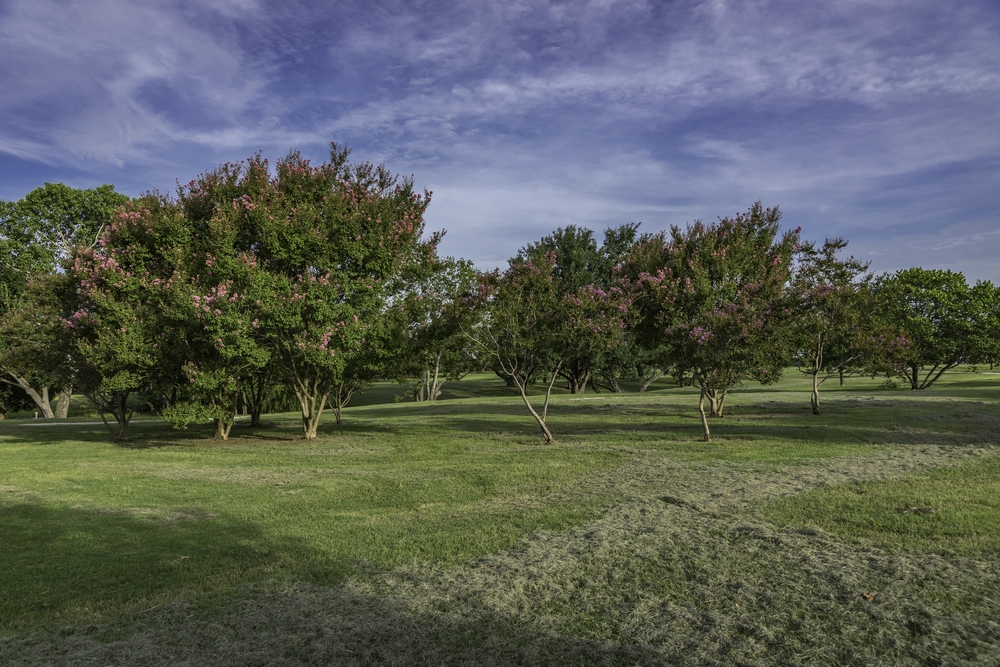
Crepe myrtles need new wood to bloom, so you want to watch your pruning as well. At the same time, it doesn’t always mean a sick tree if your tree isn’t blooming.
As with any plant, just give it time.

